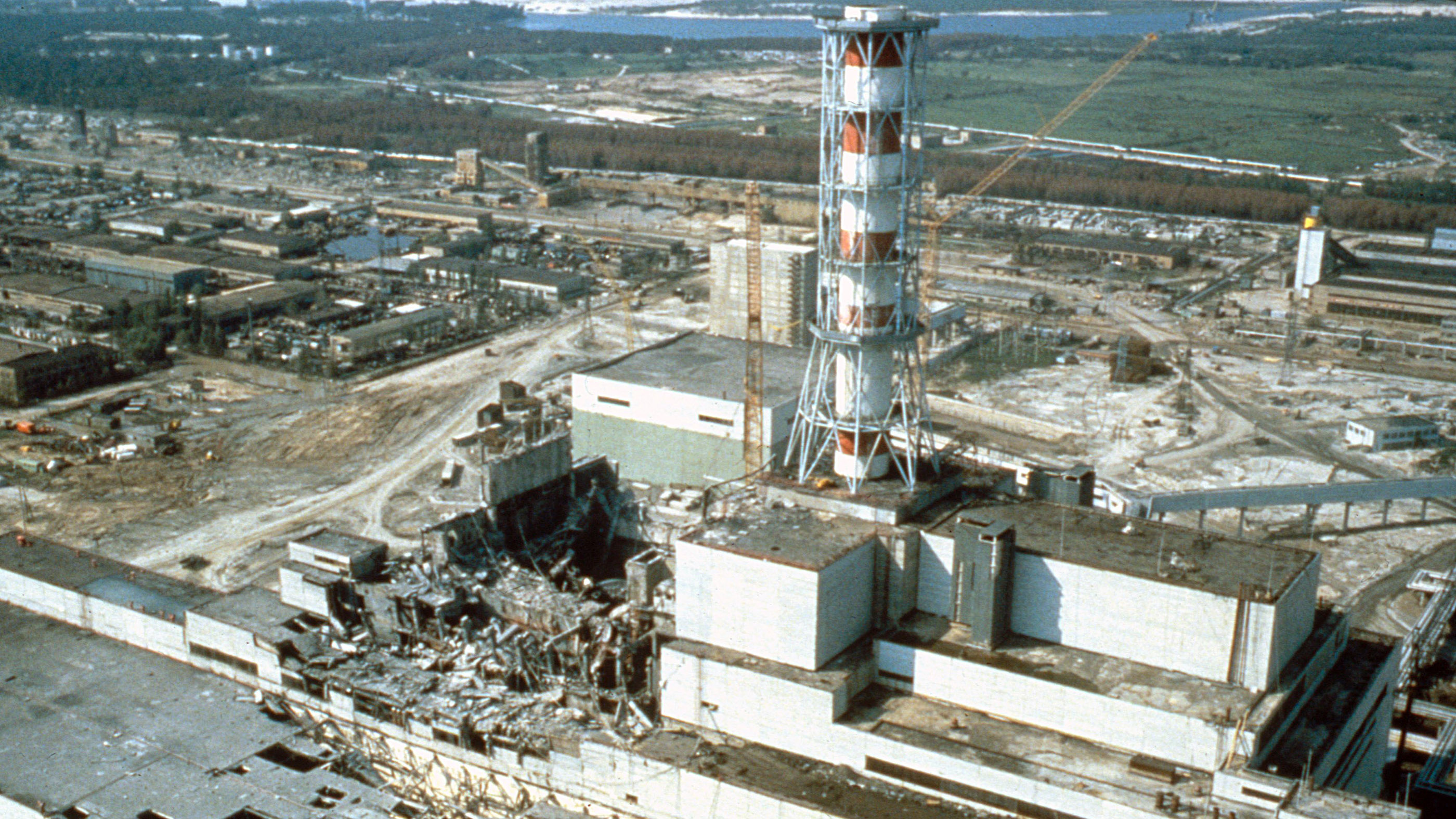Reference




OpenAI's Answer
The Chernobyl disaster on April 26, 1986, led to several significant events and consequences:
-
Immediate Impact: The explosion at the Chernobyl Nuclear Power Plant released massive amounts of radiation, making it one of the worst nuclear accidents in history.
-
Casualties and Health Effects: Initial deaths were relatively low, but long-term exposure led to many more deaths and health issues, including cancer and radiation sickness among the population.
-
Environmental Consequences: Large areas, especially in Ukraine, Belarus, and Russia, were contaminated, leading to the creation of the Chernobyl Exclusion Zone.
-
Evacuations and Resettlement: Thousands of people were evacuated from nearby areas like Pripyat, and relocation efforts affected hundreds of thousands.
-
Economic and Political Repercussions: The disaster strained the Soviet economy and weakened public trust in the government, contributing to the eventual dissolution of the Soviet Union.
-
International Response: The event increased global awareness and led to improvements in nuclear safety protocols and emergency preparedness.
For more detailed information on the Chernobyl disaster, you can visit Wikipedia or Britannica.
Images related to the disaster:

